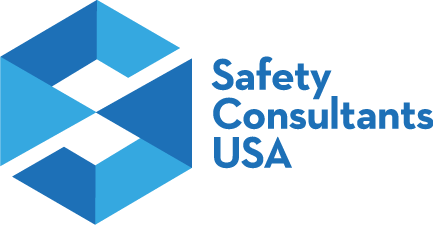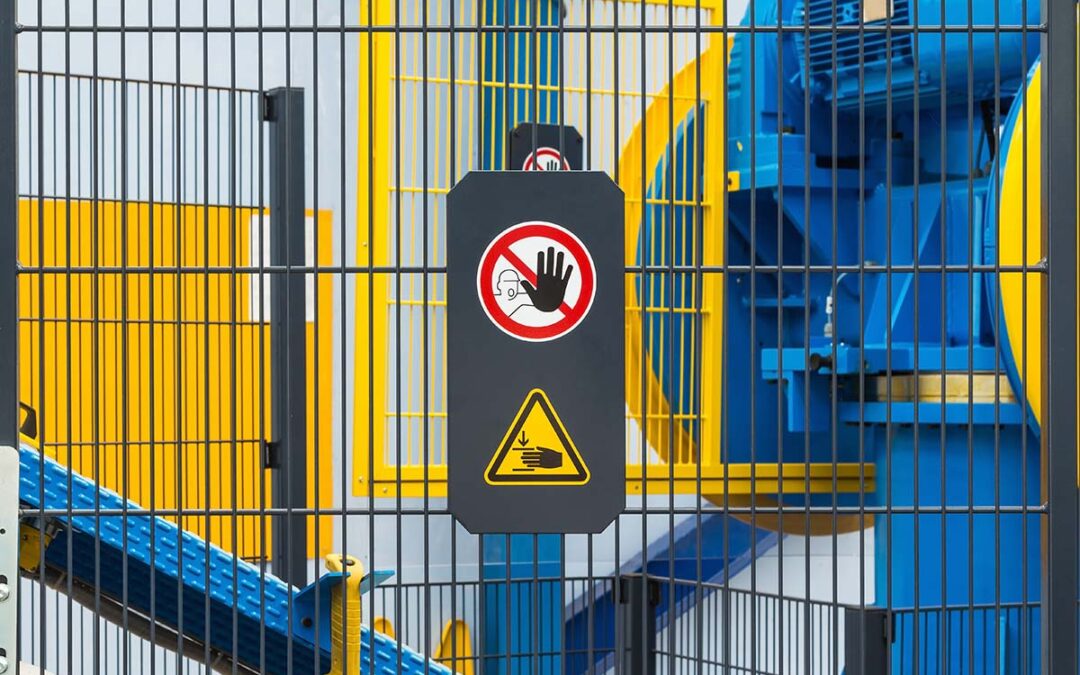While there are specific standards for certain types of equipment like conveyors, mechanical power presses, and woodworking machinery, general machine guarding principles apply broadly across industrial settings.
The Dangers of Motion: Understanding Mechanical Hazards
Rotation is one of the most prevalent hazards, particularly in conveyance systems and calendar rolls. Picture a rotating shaft, the heart of many drive mechanisms, catching a loose piece of clothing caught by a projecting shaft end. But rotation isn’t the only motion to watch out for.
Transversing motion, like that seen in systems with two sprockets pulling material, creates dangerous pinch points. Then there’s reciprocating motion, a back-and-forth movement that poses risks of its own. Think of a large CNC table where an inattentive worker could find themselves trapped between the moving part and a fixed wall or piece of equipment.
When addressing these hazards, our safety experts focus on three main areas: the point of operation, power transmission apparatus, and other moving parts. The point of operation is typically where an operator feeds material into a machine. This point is where the risk of amputations is highest, and you’ll often find sophisticated guarding solutions like presence-sensing devices and light curtains.
These hazards are prevalent in many manufacturing industries. Industries that involve metal fabrication, injection molding, sawmills, carpentry, food processing, bottling and textiles are commonly faced with machine guarding challenges.
The power transmission apparatus – the belts, chains, pulleys, and sprockets that drive a machine – presents its own set of challenges. These components create nip points and rotation where workers can be pulled into the machinery, making effective guarding crucial.
Beyond Mechanical: Guarding Against Other Hazards
While moving parts are the most obvious danger, they’re not the only hazard that requires guarding. Electrical control panels must be enclosed and equipped with a quick means of stopping a machine such as a pull cord or an emergency stop button. Additional protection can be added in the form of shields and PPE such as ANSI approved eye protection and face shields as dictated by machine specific hazard assessments.
The Hallmarks of Effective Safeguards
When evaluating machine guards, safety professionals look for several key characteristics. First and foremost, the guard must prevent contact with hazardous areas. Safety Consultants USA ensures a worker cannot reach in, around, or through the guard to access dangerous moving parts.
Guards also need to be secure and tamper-resistant. A guard that’s easily removed or left open defeats its own purpose. Ideally, guards should be secured with bolts, latches, or welds, ensuring they stay in place even if bumped or jostled.
In multi-level facilities, guards may also be needed to prevent objects from falling into hazardous areas. Imagine a bolt kicked from a mezzanine into a moving fan below – the potential for injury is significant.
Importantly, guards should not create new hazards. A homemade guard with rough edges or catch points can become a hazard in itself, potentially causing lacerations or snagging clothing.
Effective guarding also requires a balance between safety and practicality. Guards that overly restrict the operation of a machine are likely to be removed or bypassed by frustrated workers. The key is to design guards that accommodate the full range of a machine’s intended use while still providing adequate protection.
Finally, guards should allow for safe lubrication and maintenance of equipment. The best designs incorporate access points that don’t require removal of the guard, ensuring that safety measures remain in place even during routine upkeep.
A Toolkit of Safeguarding Methods
Machine guarding can be accomplished by a variety of solutions. Physical guards are barriers between workers and hazards and come in several varieties. Fixed guards are permanently mounted. Adjustable guards require a manual adjustment based on the stock being processed like on a band-saw. Self-adjusting guards move with the material workers process like those on table saws. Interlocked guards go a step further, preventing machine operation unless the guard is appropriately closed.
Beyond physical barriers, presence-sensing devices offer another layer of protection. These can include photoelectric sensors, radio frequency detectors, and mechanical sensing devices. Light curtains create a barrier that shuts down a machine when breached.
Some guarding solutions are hands-on. Two hand controls require both hands on controls away from the point of operation hazard and pullback devices that attach to a worker’s hands or arms, physically pulling them back from danger zones when a machine cycles.
Technological advancement has outpaced OSHA standards. Today’s manufacturing floors might include robots, collaborative robots (cobots), and Internet of Things (IoT) devices – technologies that didn’t exist when OSHA established machine guarding standards. However, the fundamental principles of machine guarding still apply, requiring safety professionals to adapt established practices to new technologies.
Implementing a Culture of Safety
Effective machine guarding is about fostering a culture of safety throughout your organization. That culture begins with risk assessments and carefully observing your processes to identify potential hazards. It continues through selecting and customizing appropriate guards, often involving collaboration between safety consultants, equipment manufacturers, and in-house maintenance teams.
Training and education play a crucial role in this process. Regular machine guarding training both for new employees and as refresher courses for veterans, help ensure that everyone understands the importance of these safety measures and how to work with them effectively.
Emerging Technologies and Future Trends in Machine Guarding
As technology continues to evolve, so too must machine guarding practices. Integrating IoT devices and advanced automation offers new opportunities to enhance safety, often by removing humans from hazardous areas entirely. However, these advances also bring new challenges, requiring ongoing vigilance and adaptation from safety professionals.
The core principle of machine guarding remains simple: if it moves and could cause harm, guard it. By adhering to this principle and staying up-to-date with new technologies and best practices, industries can create safer workplaces and protect workers.
Frequently Asked Questions About Machine Guarding
What Are The Top OSHA Citations for Machine Guarding?
Machine guarding and control of hazardous energy go hand in hand. Most of the fatalities you will see in the general industry involving machine guarding are caused by somebody failing to lock a piece of equipment out and perform work on it or clean it. So often, the citations you see are for both machine guarding and control hazards and gear lockout/tagout. OSHA 29 CFR 1910.212 General Requirements for guarding and OSHA 29 CFR 1910.147 Control of hazardous energy as constants on the top 10 citations issued by OSHA.
What is the 7-foot rule for machine guarding?
If you are more than seven feet away, OSHA considers the hazard guarded by distance.
What are the OSHA requirements for electrical guarding?
Everything has to be sufficiently enclosed by proper covers. You should never see any exposed wiring or openings in any electrical panel, including knockouts.
What are the three primary categories of machine guarding?
Guards, devices and distance.
What is the difference between machine safety and machine guarding?
Machine guarding will prevent workers from making contact, whereas machine safety would encompass all the hazards with the machine. Do you have to climb on top of it to do maintenance? Is it wired correctly? Machine safety concerns are broader than machine guarding.
What is the basic principle of machine guarding?
If you can reach in, around, or through and get your hands or body into something that moves or can harm you, then it needs to be guarded. It sounds simple until you start looking at all the processes and the machines.





